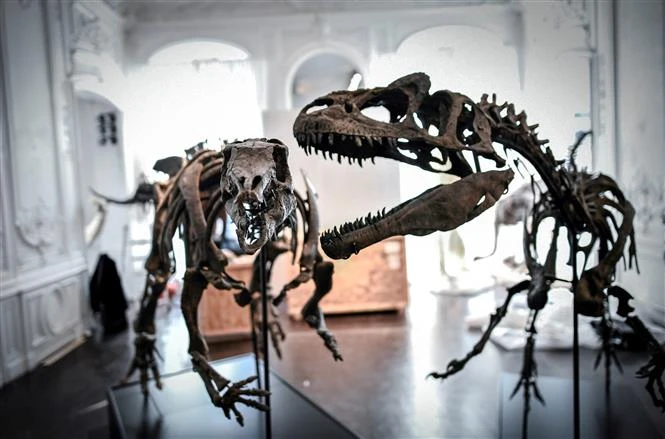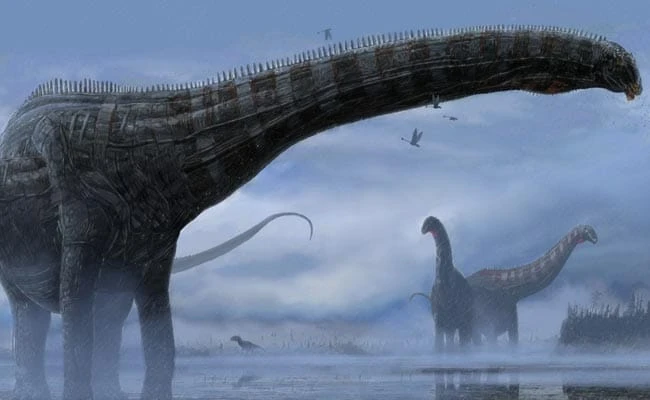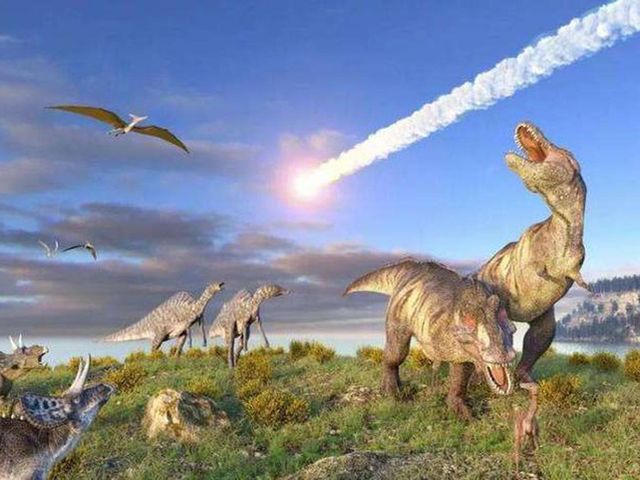About 66 million years ago, Chicxulub – an asteroid larger than Mount Everest – collided with Earth, wiping out up to three-quarters of life on the planet, including dinosaurs. That’s what we often hear about the cause of dinosaur extinction. However, the specific level of impact of this collision is still a matter of debate.
 A series of “extinction processes” were triggered, causing the dinosaurs and three-quarters of life on Earth to disappear.
A series of “extinction processes” were triggered, causing the dinosaurs and three-quarters of life on Earth to disappear.
The latest leading hypothesis is that sulfur from the impact or soot from global forest fires blanketed the sky, plunging the world into a long dark winter and leaving only a few lucky animals alive. leftover. However, a study published in the journal Nature Geoscience on October 30 has reinforced the previous hypothesis that: The deadly winter was formed by dust rising from the asteroid impact. According to scientists, fine silicate dust from crushed rocks can stay in the atmosphere for 15 years, leading to a global temperature drop of up to 15 degrees Celsius.

Previously, in 1980, father and son scientists Luis and Walter Alvarez were the first to propose the hypothesis that dinosaurs became extinct after an asteroid collision caused dust to cover the world. Their hypothesis was met with skepticism until a decade later, when the giant Chicxulub crater was discovered on the Yucatan peninsula in the Gulf of Mexico. Currently, most scientists agree that the main “culprit” that caused the extinction of dinosaurs was the asteroid Chicxulub.
However, researcher Ozgur Karatekin working at the Royal Observatory of Belgium said that in recent years, there have been many opinions that it is not dust but sulfur that is the cause of deadly winters. Scientists argue that the dust from the impact was of the wrong size to stay in the atmosphere long enough to lead to the above phenomenon. In this study, the international team of experts was able to measure dust particles that appeared immediately after the asteroid impact. Dust particles were found at the Tanis fossil site in the US state of North Dakota.

Although located 3,000km from the Chicxulub crater, this site still preserves a number of remarkable remains and samples, believed to date from immediately after the asteroid impact, in the sediment layer. remains of an ancient lake. According to scientists, dust particles are 0.8 – 8 micrometers in size – just enough to survive suspended in the atmosphere for up to 15 years.

When inputting data into climate models used for Earth today, the team determined that dust may have played a larger role in the mass extinction event than previously thought. Of all the material ejected into the atmosphere by the asteroid, they estimate 75% was dust, 24% was sulfur and 1% was soot. According to scientist Karatekin, dust particles completely block photosynthesis in plants for at least a year, causing life to collapse.






